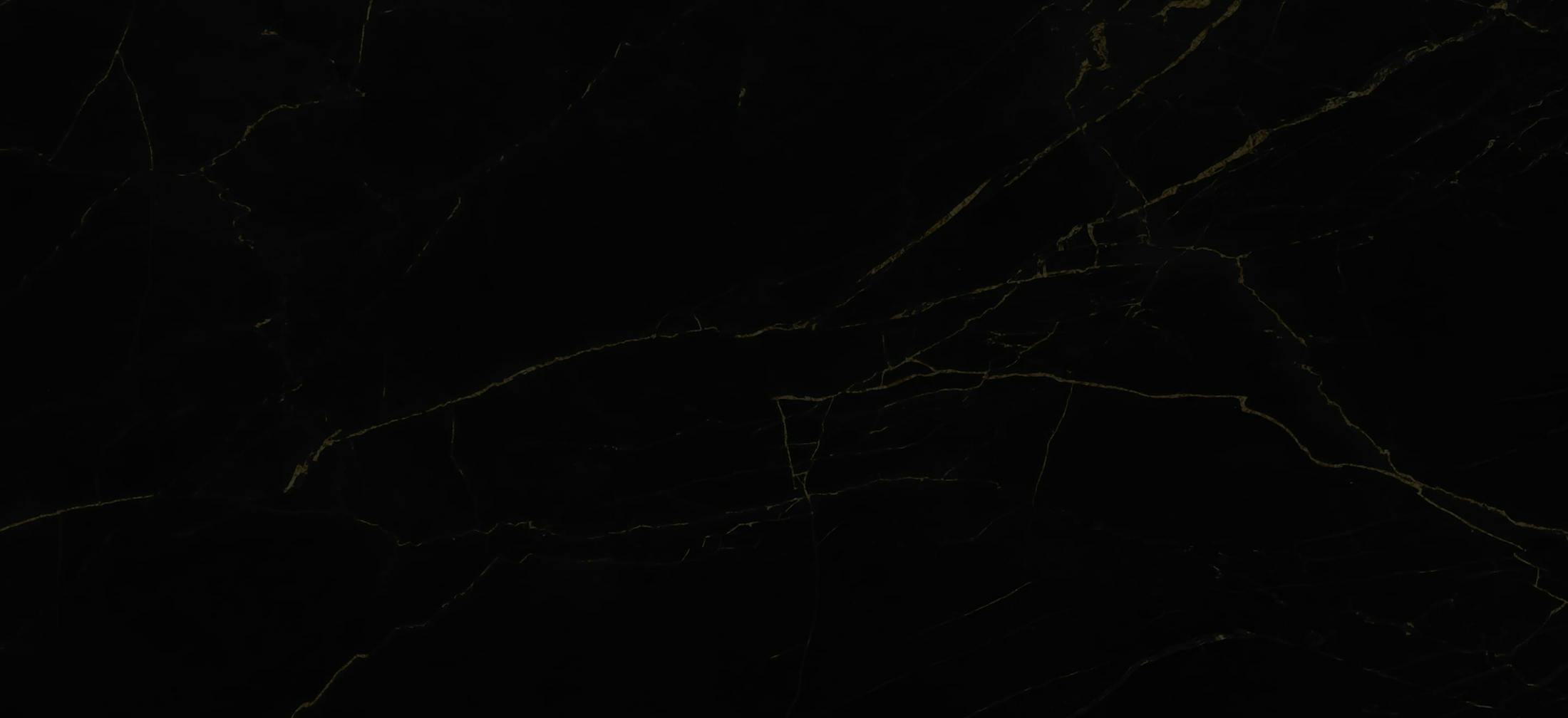Unfortunately, sunken cheeks or facial hollows can come with age. Many people who deal with this issue look for a way to bring back the volume to their face. A great analogy for the aging process is that we transition from the plump grape or youth to the raisin of advanced age. There are two effective and dependable ways to replace the aging related loss of facial volume: dermal fillers or a facial fat transfer.
Dermal fillers
Dermal fillers are most often composed of hyaluronic acid (Juvederm type fillers), calcium hydroxyapatite (Radiesse) or poly L lactic acid (Sculptra). Each of these mimics a natural substance in the body that helps build new tissue or hydrates and plumps the skin.
Hyaluronic acid fillers are most popular because they provide immediately improvement and the results are reversible, so if the effects aren’t desirable, they can be removed with an easy in office injection. Calcium hydroxyapatite and poly L lactic acid fillers are also effective but require three months for maximum improvement and are not reversible.
Dermal fillers are the best option for “spot treatment” of the face or small tweaks. These are easy, in-office treatments that require no incisions or downtime, and almost anyone with facial volume loss or a facial asymmetry is a candidate for these filler products. All fillers are temporary – the effects last from 9-242 months depending upon the product.
There are some risks to dermal fillers. They can be under or overdone, cause redness, infection, bruising, and, in extremely rare cases, skin loss/ necrosis or blindness.
What is a facial fat transfer?
Facial fat transfer moves excess or unwanted fat calls from one area of your body to where the fat cells are wanted–the areas of your face that lack volume or would benefit from contouring and smoothing. Volume can be added to any area of the face as well as the hands.
A facial fat transfer starts with liposuction to remove the fat from a predetermined area, such as the outer abdomen, flanks, thighs or hips. The fat cells are cleaned and purified, then injected into the areas and depths of the face that would benefit from more volume, bringing more fullness to the temples, cheeks, jawline, lips and contouring the lines of the face and jaw. These results last up to five years.
There are some risks of facial fat transfer. A fat transfer can add too much or too little volume, cause bumps or create an irregular contour.
Which option is best for age-related sunken cheeks and or hollows?
Fat transfer is often the best option, as it is possible to create comprehensive replacement of facial volume, longer lasting results and more natural volume from your body’s own tissue. However, not all people have sufficient volume loss in the face to warrant fat transfer. On the other hand, some people don’t have the fat stores to provide adequate volumes of fat and must resort to using fillers instead. For those who are good candidates, facial fat transfer is the best option for a long-term and natural appearing facial volume enhancement.
Dr. Stephen Weber’s practice is focused on cosmetic facial surgery, facial LASER resurfacing and facial injectable treatments. If you are suffering from sunken cheeks or hollows, and you want to enjoy a more youthful, full, and supple facial appearance, schedule an appointment with Dr. Weber to discuss your goals and determine the best treatment plan for you.

